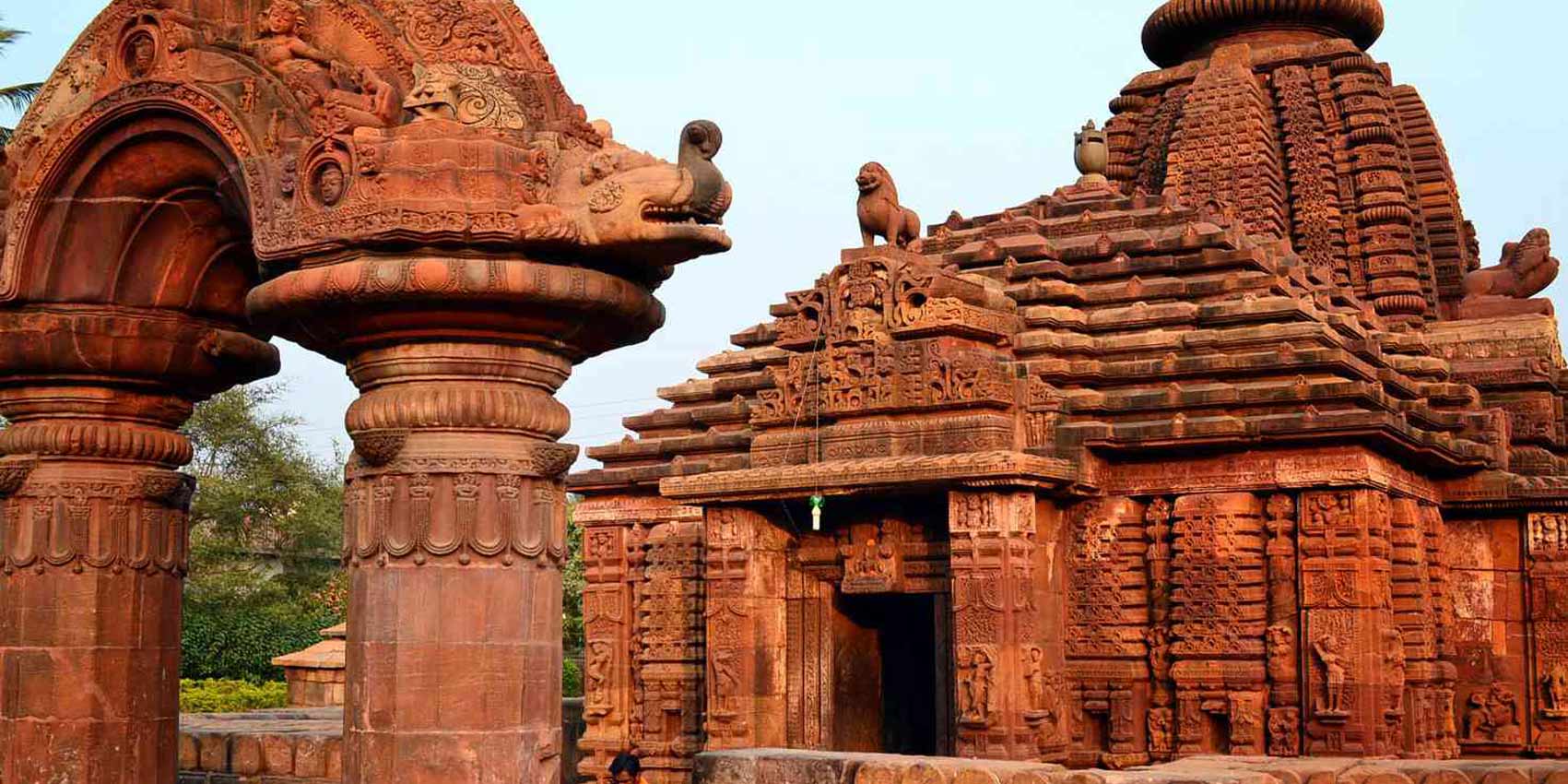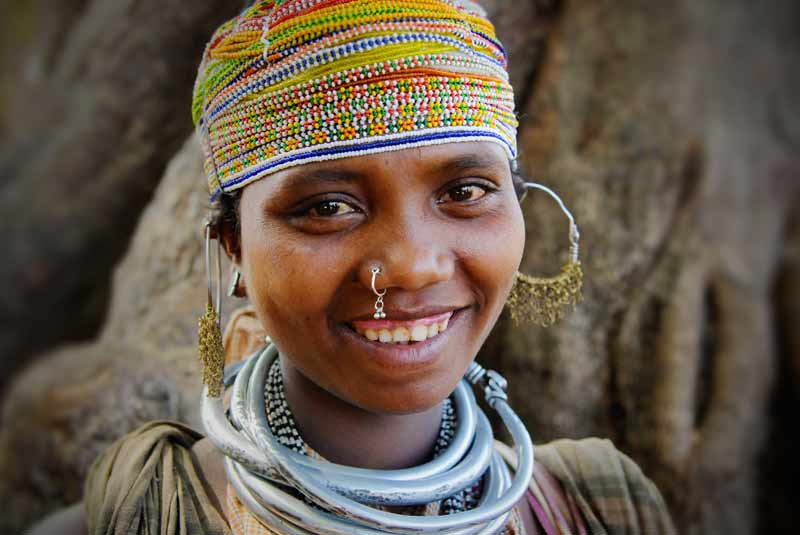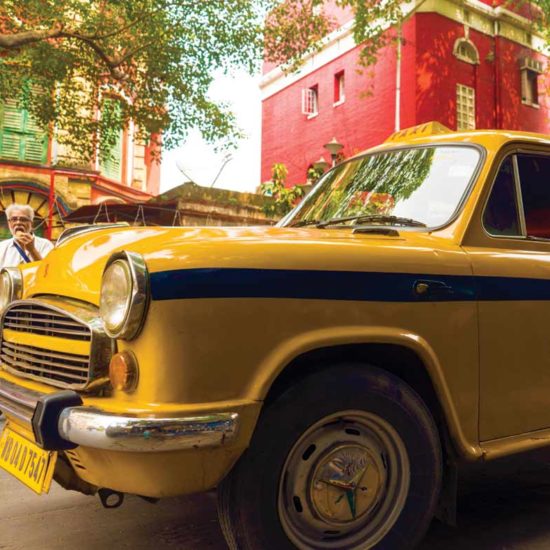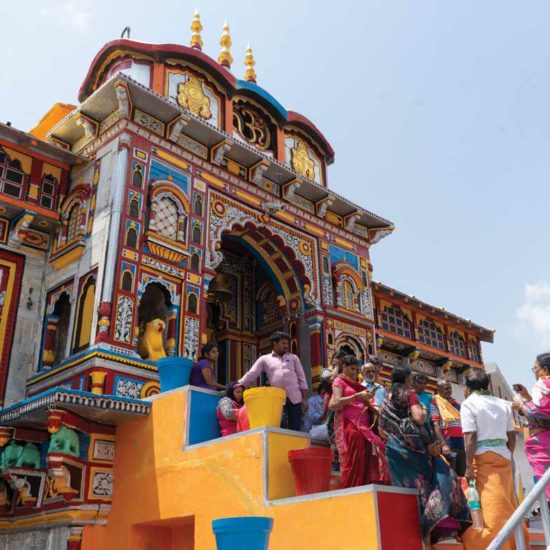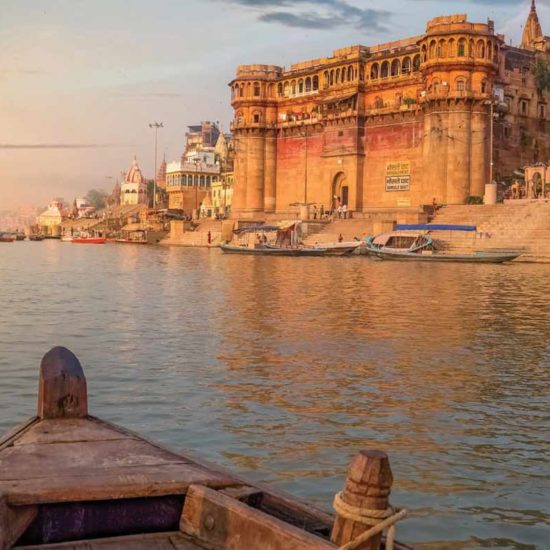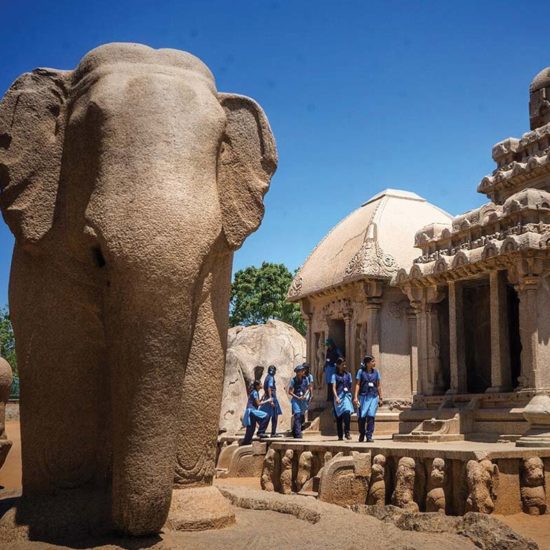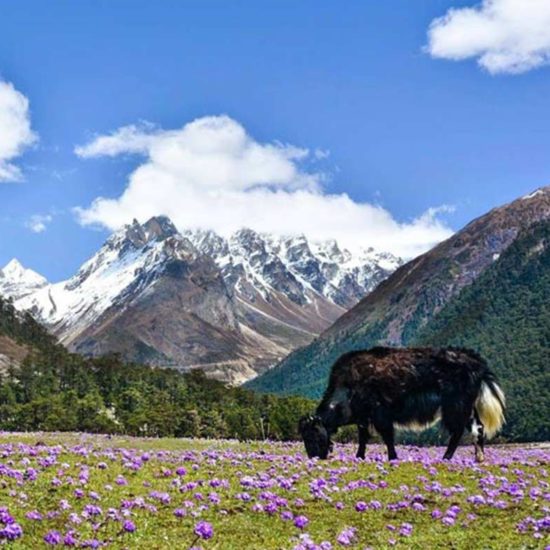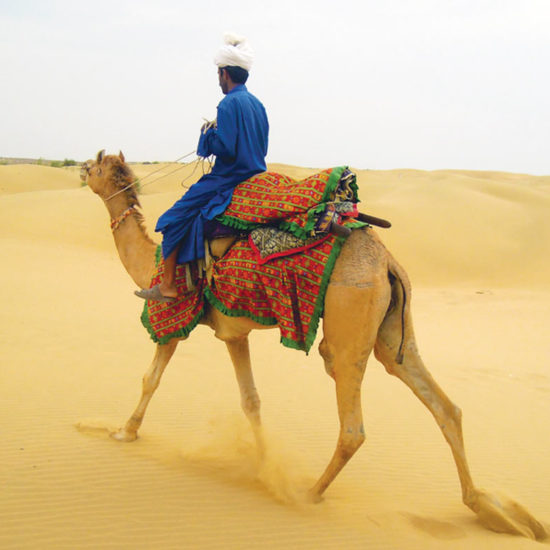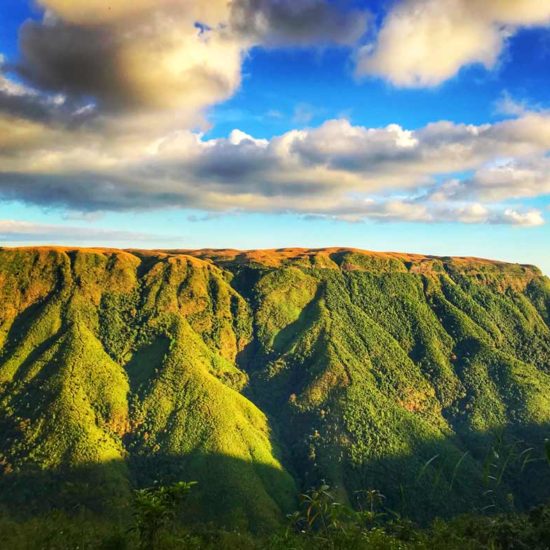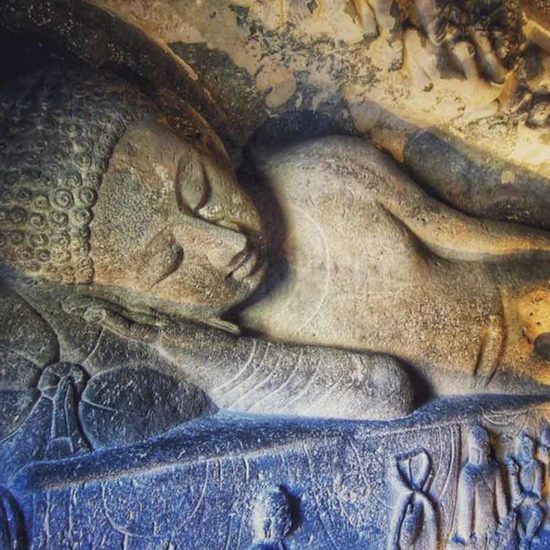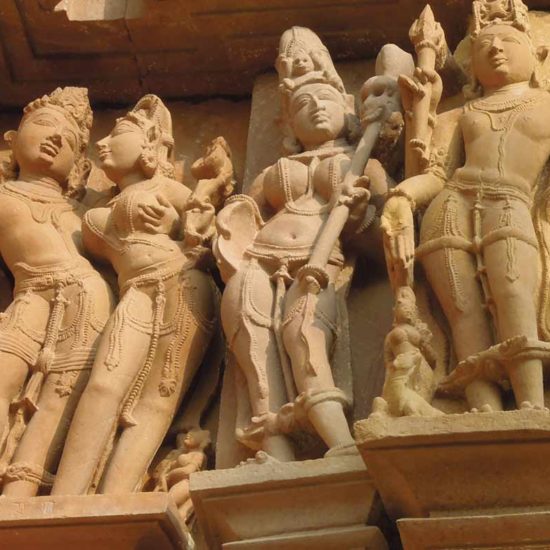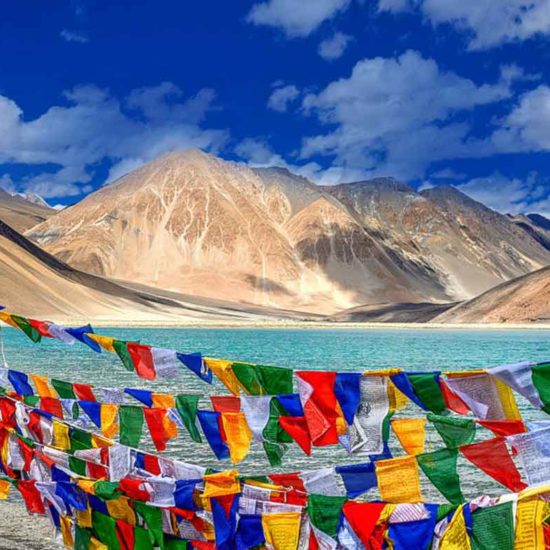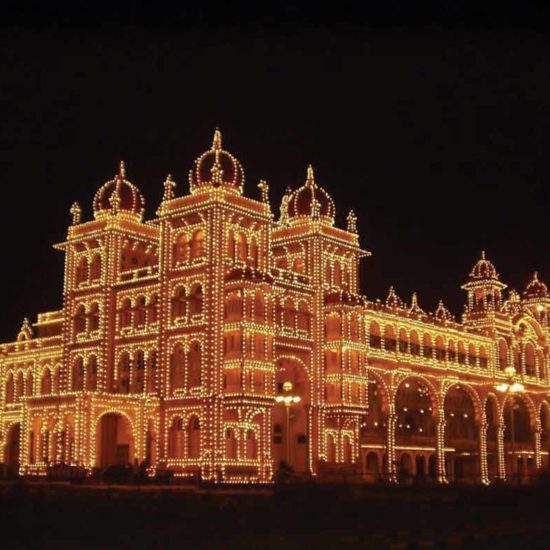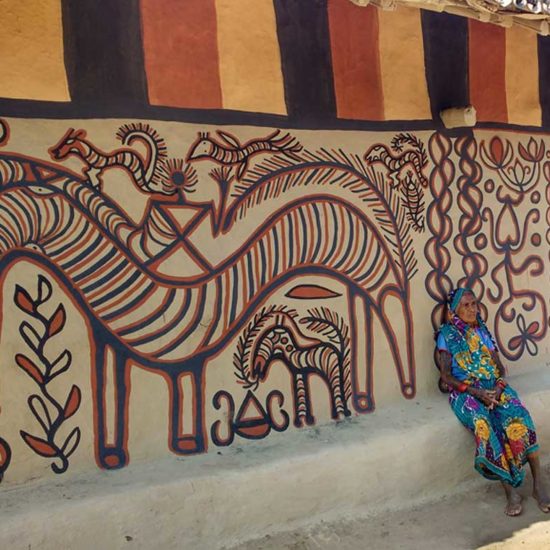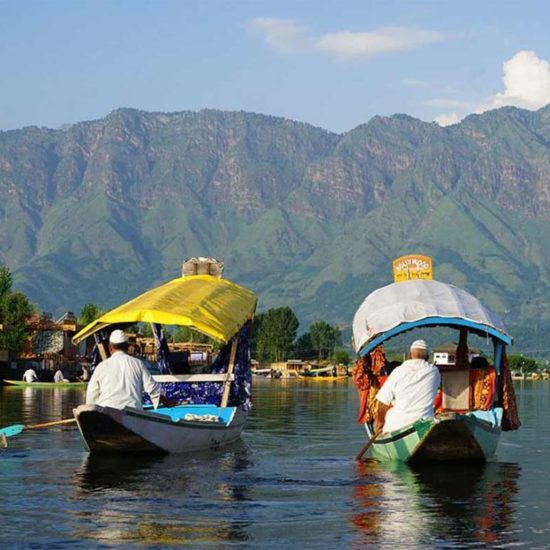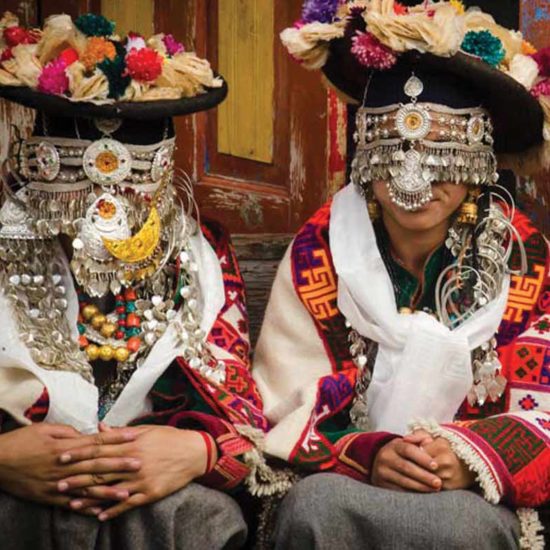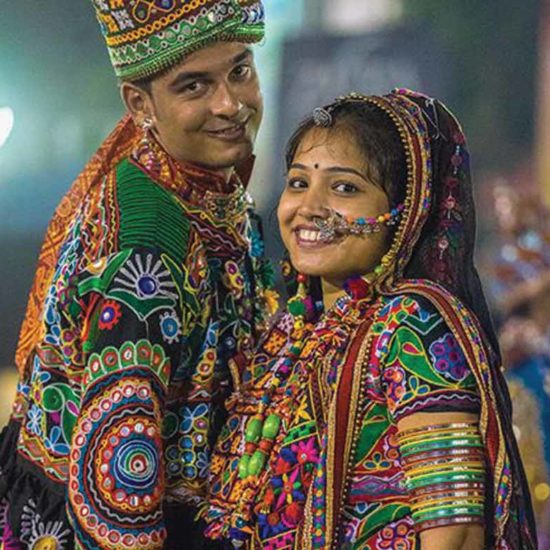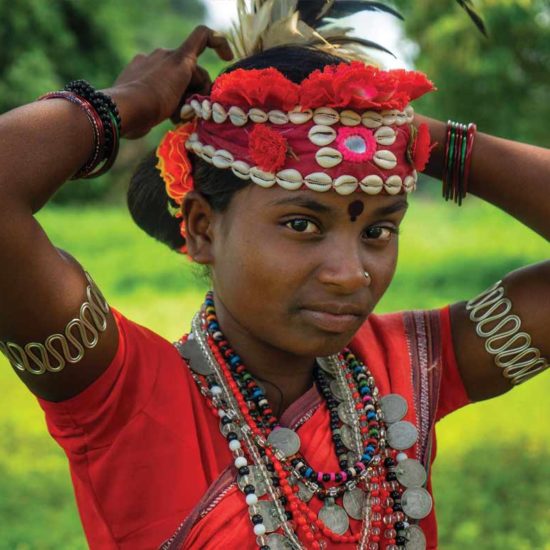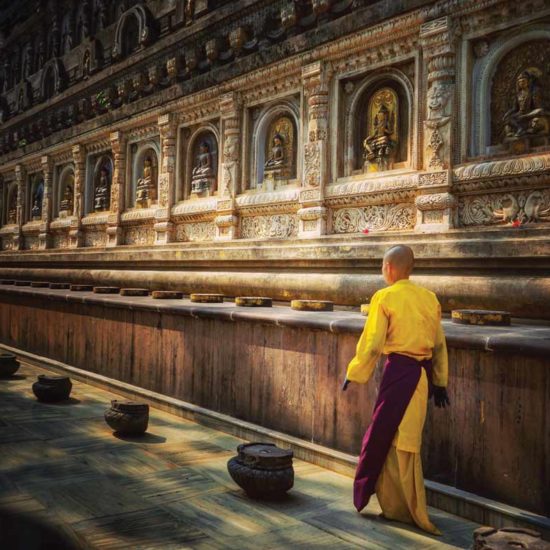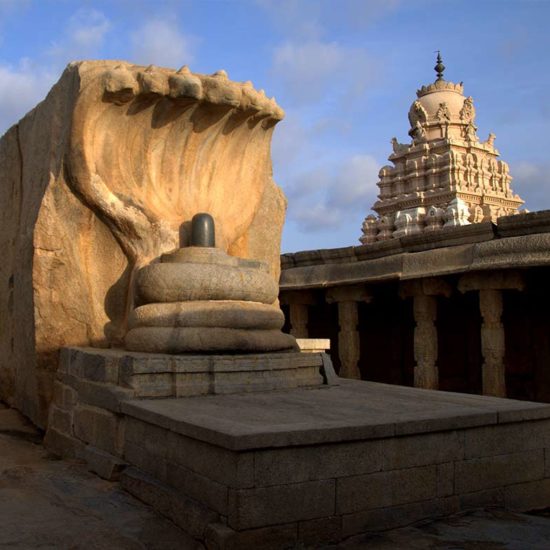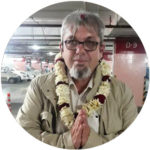L'Odisha : un croisement d'histoire, d'art et de culture tribale
Odisha, formerly known as Okkala, Kalinga, Odia, Oddaka, or Orissa, has enjoyed political recognition since ancient times. Its history has been shaped by a succession of powerful empires, each leaving a lasting mark on its architecture and cultural life. Particularly notable is the reign of the great Buddhist Maurya emperor Ashoka in 260 BCE, as well as the power of the Kalinga Empire in the 1st century BC. The Bhauma-Kara dynasty also reached its peak in the 8th, 9th, and 10th centuries CE, preceding the rule of the Soma kings until the 11th century. It was King Soma Yayati who initiated the construction of the majestic Lingaraja Temple in Bhubaneshwar in the 11th century, now the largest Shaivite monument in India.
Odisha experienced a veritable golden age under the Ganga dynasty. Anantavarman Chodagangadeva (1078–1147) undertook the construction of the Jagannatha (“Lord of the World”) temple in Puri. Later, Narasimha I (1238–1264) erected the Sun Temple (Surya Deula) at Konark, a masterpiece of Hindu architecture of unparalleled beauty.
Beyond its rich architectural heritage, Odisha is an ancestral land, home to an exceptionally diverse group of tribes, the “adivasis,” the original inhabitants of India. Although it is home to the third-largest tribal population in the country after Madhya Pradesh and Maharashtra, its 62 recorded ethnic groups represent the greatest diversity of indigenous communities in India.
Thus, Odisha proves to be an essential destination for history and architecture enthusiasts, but also for those who aspire to deep and enriching intercultural encounters.
Inspirations voyages dans l'Odisha
These Odisha tour ideas are just a starting point. We'll work with you to design a unique trip that's just right for you. Contact us to discuss about it.


